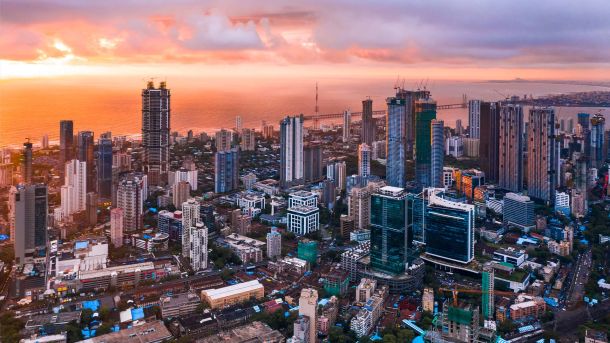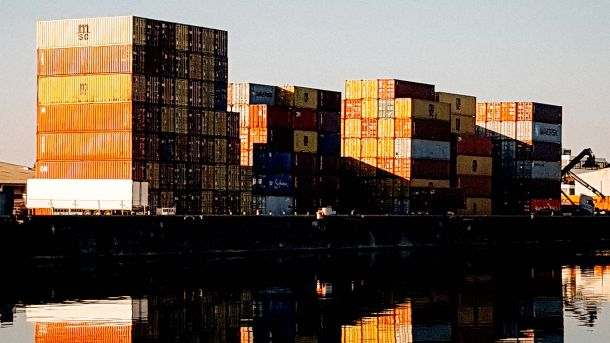This slowdown comes as no surprise, given the challenges households face, including rising living costs, stagnant wages due to sluggish economic growth, and uncertainties surrounding South Africa’s international trade relations with the US. Diplomatic tensions between Washington and Pretoria and the failure to reach a new trade agreement with one of South Africa’s key trading partners have also contributed to this cautious environment.
The 1.6% increase in June indicates a slow but steady rebound in consumer demand, likely supported by interest rate cuts and monetary easing introduced since September 2024.
The South African Chamber of Commerce and Industry (SACCI) reported a decline in business confidence, with its index dropping from 115.8 in May to 113.2 in June 2025. Meanwhile, the FNB/BER consumer index for the second quarter of 2025 improved from -20 to -10 points, signalling cautious but positive shifts in consumer sentiment from a banking perspective. Despite low inflation and the Reserve Bank’s interest rate reductions in January and July 2025, these factors are gradually influencing consumer behaviour and spending patterns.
Key contributors to the modest rise in retail sales included:
- Hardware, paint and glass: up 5.4%, contributing 0.4 percentage points.
- Textiles and clothing: increased by 4.6%, adding 0.8 percentage points.
This modest growth in June reflects continued positive momentum from May’s retail performance and indicates a fragile but manageable recovery in consumer demand. The interest rate cuts between September 2024 and July 2025 have alleviated household financial pressures, supporting a gradual uptick in demand over the past three months. Maintaining this momentum will be vital throughout 2025, as consumer spending remains a key driver of economic growth and employment in South Africa. Further interest rate reductions later in the year could also help sustain demand into late 2025 and early 2026.





